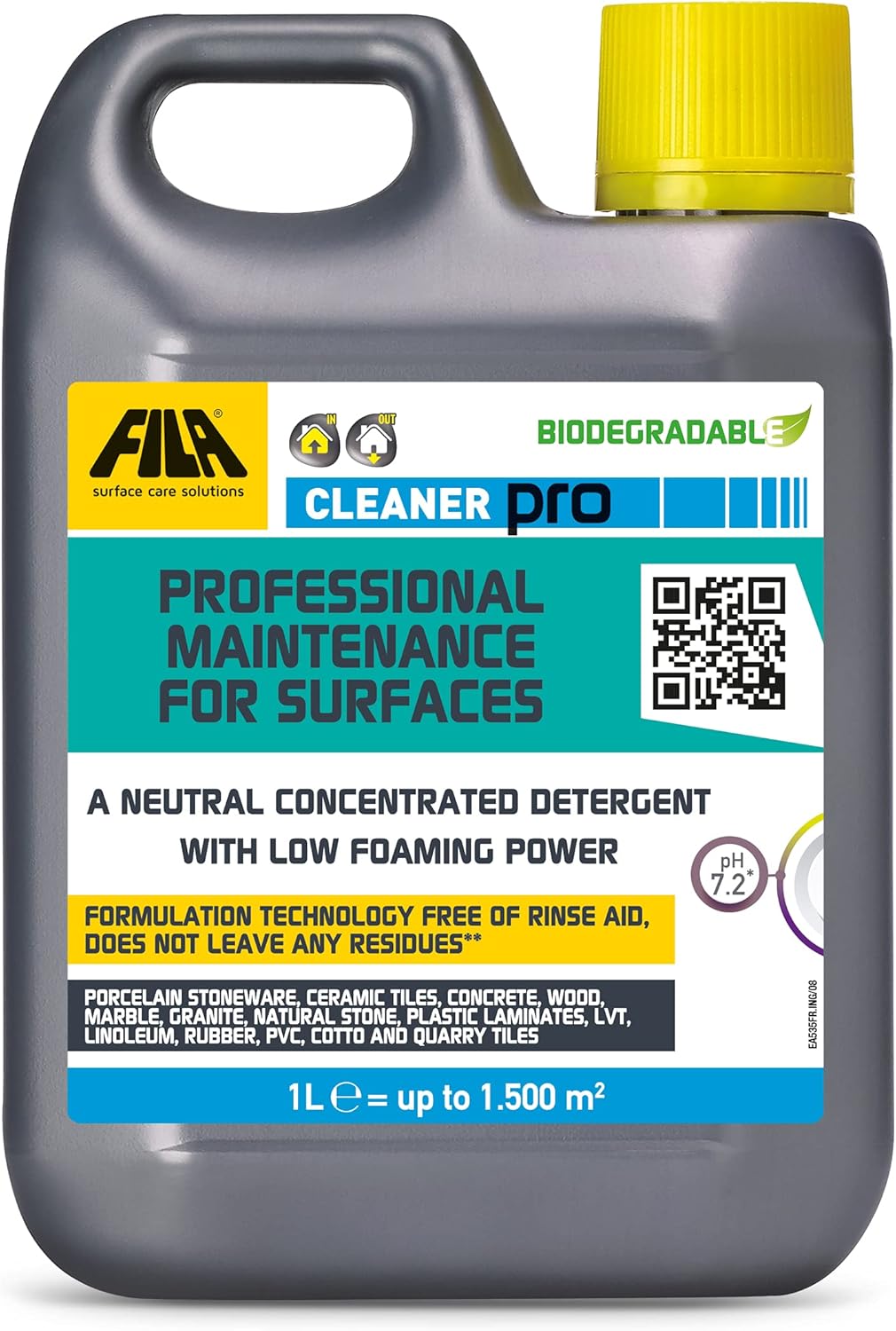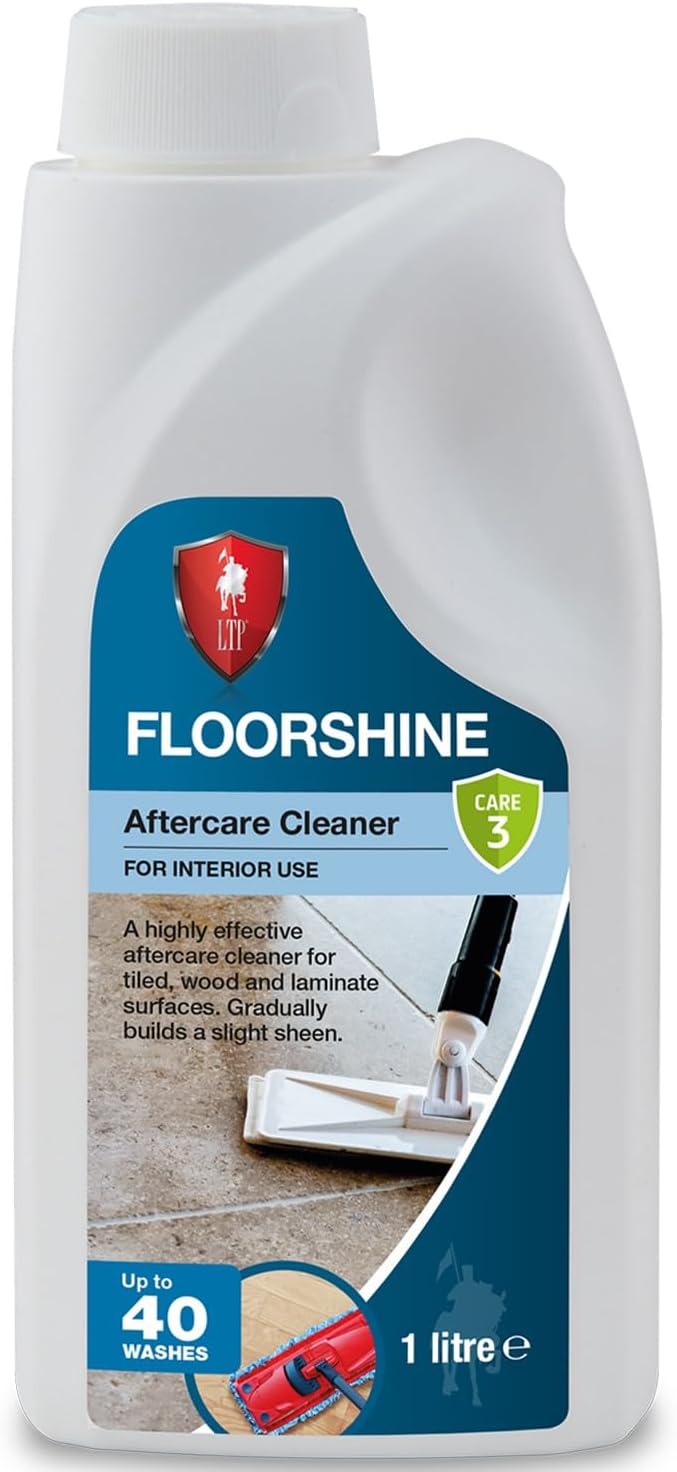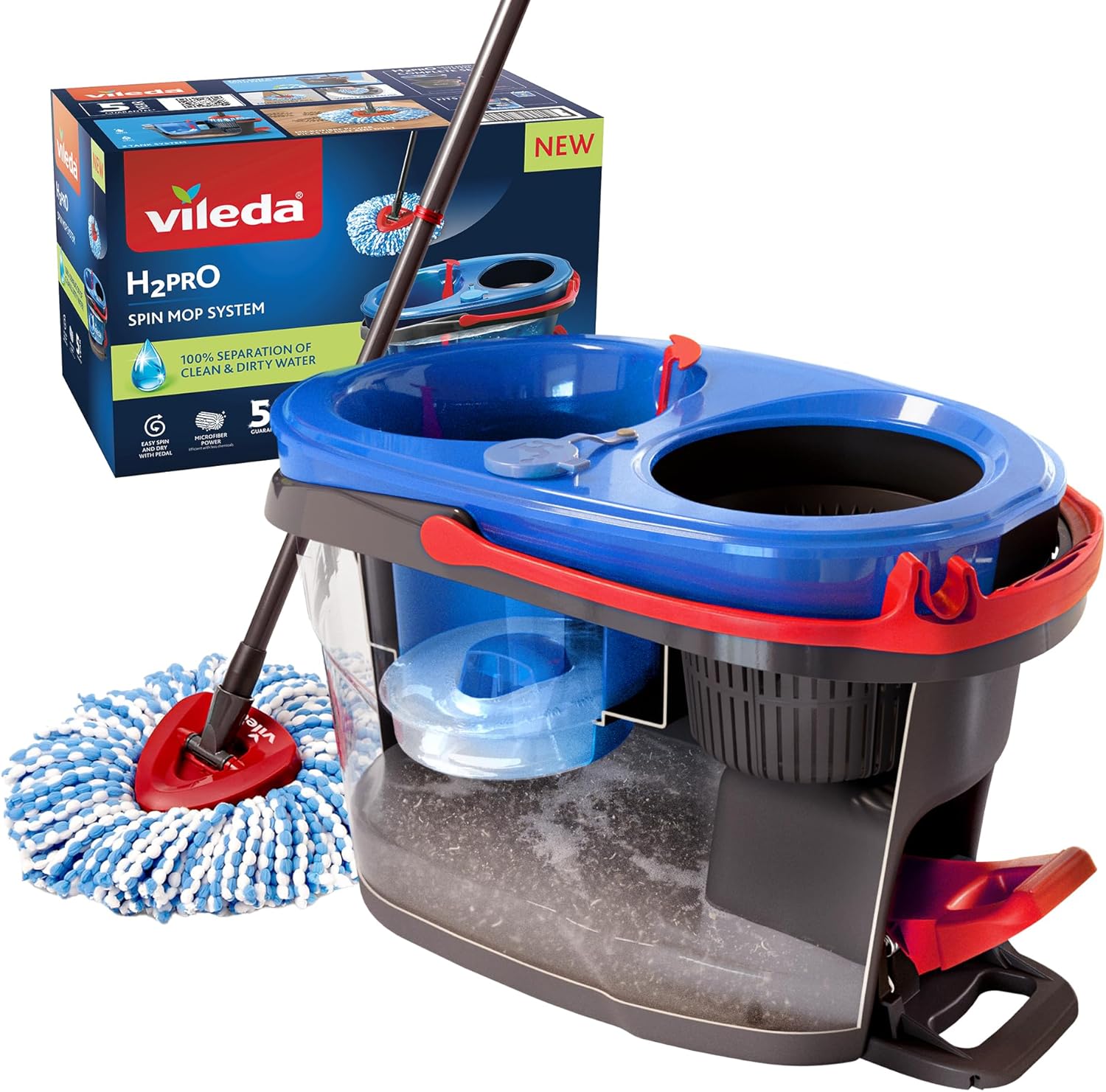Exploring the Effects of Acids on Travertine Surfaces: Ensuring Long-Lasting Beauty
Safeguarding Your Travertine from Citrus Fruit Acid Damage
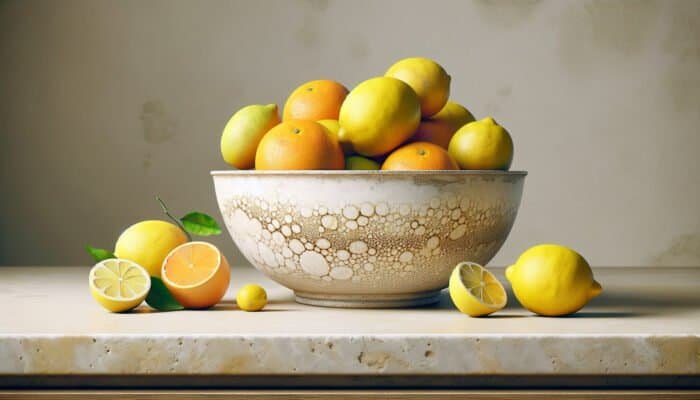
When you place citrus fruits like lemons and oranges directly onto travertine surfaces, you are inviting potential damage that can be both considerable and regrettable. The natural acidity present in these fruits is powerful enough to etch the delicate surface of travertine, a type of sedimentary stone known for its beauty. This etching creates dull patches and compromises the overall finish, diminishing the stone's aesthetic value. The corrosive interaction between citric acid and the calcium carbonate composition of travertine leads to this deterioration. As the acid seeps into the stone, it dissolves the surface layer, resulting in a pattern of damage that can be costly to repair. To showcase fresh fruits without risking harm, it is advisable to use decorative bowls or trays that keep the items away from the stone. By diligently maintaining your travertine surfaces, you will preserve their enduring elegance.
In order to keep your travertine surfaces in immaculate condition, being aware of these potential hazards is absolutely essential. In the event of an accidental spill of citrus juice, immediate cleanup is crucial; using a gentle soap and water solution followed by thorough drying can mitigate damage. Regularly sealing your travertine surface adds an extra layer of protection against acidic spills, ensuring that your investment remains visually stunning for many years to come. By taking these proactive protective measures, you can significantly extend the lifespan of your travertine and maintain its breathtaking appearance.
Professional Tips: Must-Have Products for the Daily Care of Your Travertine
Preventing Vinegar Damage to Your Travertine Surfaces
Vinegar is a common household item celebrated for its cleaning abilities; however, it becomes a double-edged sword when it comes to travertine. Although it effectively removes dirt and grime, its inherent acidity can pose a severe threat to the delicate surface of the stone. When vinegar is either applied directly to travertine or used as a cleaning agent, it risks stripping away the stone’s natural sheen, resulting in unattractive dull patches. Over time, repeated use of vinegar can lead to irreversible damage, including etching and a loss of texture. For optimal cleanliness of travertine surfaces, it is highly advisable to choose pH-neutral cleaners specifically formulated for stone. These products are designed to cleanse effectively without compromising the integrity of the material. In instances where vinegar has mistakenly been used, it is prudent to neutralise the area with a mixture of baking soda and water, followed by a thorough rinse to mitigate any remaining acidity. Taking these proactive steps will help safeguard your travertine from unnecessary wear and tear.
Protecting Your Travertine from Carbonated Beverage Damage
While the refreshing fizz of carbonated drinks may bring joy, these beverages can covertly threaten your travertine surfaces. The acids found in sodas can erode the stone’s surface over time, resulting in a myriad of issues, including discolouration and erosion. When a can or bottle is left resting on a travertine countertop or floor, it can sweat, leading to condensation that may seep into the porous surface, potentially resulting in unsightly stains and damage. To protect against this, consider designating specific areas for beverages, such as using coasters or trays to minimise direct contact with the travertine. Always ensure that any spills are cleaned up immediately with a soft cloth and plain water to prevent lasting effects. Regular sealing of your travertine will also provide an additional layer of protection against these common hazards, ensuring your stone remains beautiful and functional.
Recognising the Hazards of Harsh Cleaners and Their Impact on Travertine Surfaces
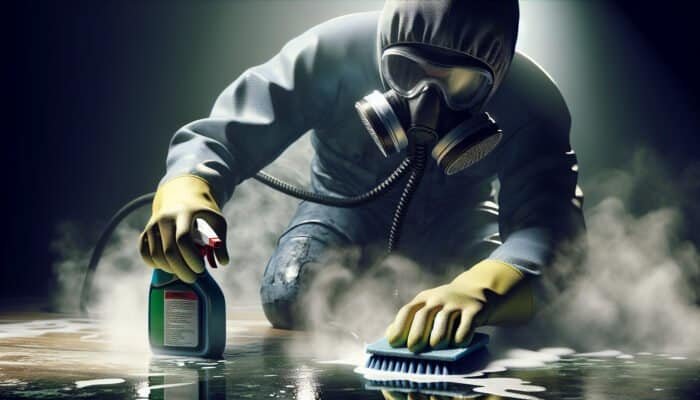
The Dangers of Using Bleach on Travertine Surfaces
Although bleach is infamous for its disinfecting properties, it is an unsuitable choice for cleaning travertine. The harsh chemicals contained in bleach can cause discolouration and damage to the stone, ultimately leading to a loss of its unique beauty. When bleach comes into contact with travertine, it has the potential to create light spots, and ongoing use can degrade the sealant that protects the stone. Instead of resorting to bleach, it is far more prudent to utilise gentler, stone-safe cleaning solutions specifically formulated to maintain the beauty of natural stones like travertine. If bleach has inadvertently been used, it is imperative to rinse the area thoroughly with water to dilute any remaining chemicals and prevent further damage. Regular cleaning with the appropriate products can help sustain your travertine’s appearance for many years to come.
Why Ammonia-Based Cleaning Products Should Be Avoided on Travertine
Ammonia is a common household cleaner that should never come into contact with travertine. Its powerful formula may seem practical for tackling stubborn stains, but it can cause etching and discolouration of the stone. The alkaline nature of ammonia reacts unfavourably with the calcium carbonate present in travertine, leading to a compromised finish that is both unappealing and difficult to rectify. For effective cleaning, consider using a gentle, pH-neutral stone cleaner. This choice will not only cleanse your travertine but also preserve its natural shine. Regular maintenance is crucial; wiping down surfaces with a damp cloth can prevent grime buildup without resorting to harsh cleaners. Understanding the chemistry behind cleaning products can save you from costly repairs and help maintain the elegance of your travertine.
The Harmful Effects of Abrasive Cleaners on Travertine Surfaces
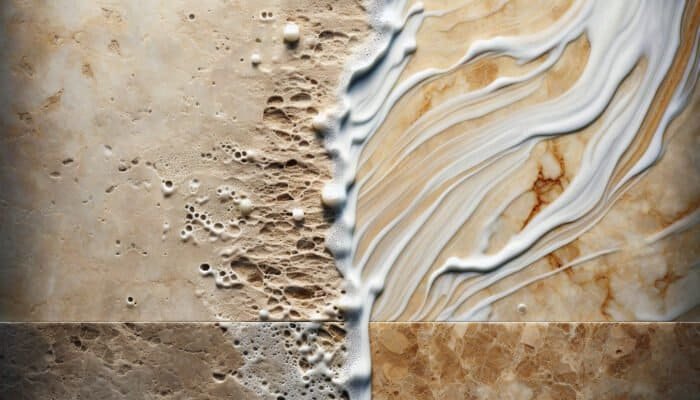
The desire to achieve a sparkling clean surface can tempt many individuals to resort to abrasive cleaners; however, this can cause considerable damage to travertine. These types of cleaners, often gritty in texture, can scratch and dull the finish of the stone, leaving it marred and unattractive. Given that travertine is porous, it can also trap these abrasive particles, leading to further complications. To maintain the integrity of your travertine, it is best to stick to non-abrasive, soft cleaning cloths and consider using a mop with a smooth head for floors. For stubborn stains, a solution of warm water and mild soap serves as a safe and effective cleaning option. Protecting travertine means adopting a cleaning regimen that prioritises its unique properties, ensuring that it remains a stunning focal point in your home.
Protecting Your Travertine from Damage Due to Heavy Objects
Using Furniture Pads to Shield Travertine Surfaces from Heavy Items
The substantial weight of heavy furniture can often overshadow the elegance of travertine. When large items are not placed on protective pads, they can lead to cracks in the stone. Over time, persistent pressure from chairs, tables, and other hefty pieces can create pressure points that, if neglected, will result in costly repairs. To prevent such damage, it is essential to employ furniture pads or coasters specifically designed for heavy objects. These pads help distribute weight evenly and create a buffer between the stone and the object, minimising stress on the travertine. Regularly check the placement of furniture to ensure that pads remain intact and in good condition. By taking these preventive measures, you can enjoy your travertine surfaces without the constant worry of unsightly damage.
Protecting Travertine from Sharp-Edged Tools and Items
Sharp-edged items can quickly compromise the beauty of travertine. Whether it involves kitchen knives, tools, or decorative objects with pointed edges, these can chip or scratch the surface of the stone, undermining its integrity and aesthetic appeal. Over time, even minor scratches can accumulate, resulting in a worn appearance that detracts from the natural beauty of travertine. To protect your investment, always place sharp items on protective mats or cutting boards rather than directly onto the stone. If a scratch occurs, it can often be polished out by a professional, but prevention remains the best approach. Educating yourself about the types of items that can inflict damage on your surfaces will help maintain the pristine condition of your travertine.
Preventing Damage from Heavy Tools on Travertine Surfaces
When it comes to heavy tools, travertine surfaces are particularly vulnerable to mishandling. Dropping heavy tools on travertine can cause significant damage, such as cracks and chips, which may necessitate expensive repairs. If you are engaged in DIY projects or home improvements, ensure that travertine surfaces are adequately covered or shielded to prevent accidents. Utilising soft mats or protective coverings can create a buffer against potential impacts. When working in areas with travertine, it is wise to designate a specific location for heavier tools where they can be safely stored away from the stone. Taking these precautionary measures can save you from costly repairs and help maintain the beauty of your travertine surfaces.
Understanding the Risks of Oil-Based Products on Travertine Surfaces
Managing Cooking Oil Stains on Travertine Surfaces
Stains from cooking oils can easily penetrate the porous surface of travertine, resulting in dark, unsightly marks that can detract from the stone's overall appearance. Travertine, while undeniably beautiful, is also notoriously absorbent, making it vulnerable to oils that can seep into its surface if not cleaned promptly. To minimise the risk of staining, always use coasters or trays when placing any oil-based product on travertine. Should a spill occur, immediate action is crucial; blot the area with a soft cloth instead of rubbing, as this can inadvertently spread the stain further. For deeper stains, consider using a poultice specifically designed for stone surfaces to draw out the oil. Maintaining the beauty of your travertine necessitates vigilance, particularly in the kitchen where oil spills are common.
Preventing Grease Stains on Your Travertine Surfaces
Similar to cooking oils, grease can become a long-term adversary of travertine surfaces. Grease can seep into the porous stone, creating permanent stains that are difficult to remove. Commonly found in kitchens, grease from cooking can accumulate and, if left unchecked, can mar the pristine appearance of your travertine countertops or floors. The most effective defence against grease stains is prevention. Ensure that your cooking area remains clean and free from spills by regularly wiping down surfaces with a soft cloth and a pH-neutral cleaner. If grease does penetrate, act swiftly to blot—never rub—and use a stone-safe cleaning solution. Additionally, sealing your travertine can provide an extra layer of protection against grease infiltration, keeping your surfaces looking their absolute best.
Protecting Travertine from Stains Caused by Oil-Based Paints
The application of oil-based paints can severely compromise the beauty of travertine. These paints can result in stubborn stains that mar the surface and often require professional cleaning to restore the stone’s natural beauty. When painting near travertine surfaces, it is crucial to exercise caution; even a minor spill can lead to significant discolouration and damage. For any painting projects, make sure to use drop cloths or protective coverings over travertine surfaces to prevent damage. In the event of an accidental spill, attempt to clean it immediately with a solvent safe for use on natural stones. If the stain persists, it may be necessary to enlist a professional stone restoration service to assess the damage. Taking these steps can ensure that your travertine maintains its stunning appearance, even amidst challenging projects.
Minimising Risks from Heat Sources on Your Travertine Surfaces
Preventing Thermal Shock from Hot Pots and Pans on Travertine
The direct placement of hot pots and pans on travertine can lead to thermal shock, a phenomenon that can cause cracks to form in the stone. While travertine is inherently resilient, it is still susceptible to rapid temperature changes. When a hot object is placed on a cooler surface, the stone can expand rapidly, leading to stress fractures that may damage the stone beyond repair. To protect your travertine, always use trivets or pads designed to withstand high temperatures. This simple precaution can save you from the daunting task of repairing or replacing damaged travertine. Additionally, educating your household about the importance of protecting your stone surfaces can foster a culture of care that extends the life of your travertine.
Minimising Risks from Candles on Travertine Surfaces
While candles may enhance the ambience of a space, they can also pose a risk to travertine. The wax from candles can drip onto the stone, and if not cleaned immediately, it can leave stains that may be challenging to remove. Wax can seep into the porous surface, leading to dark marks that detract from the natural beauty of travertine. To mitigate this risk, always position candles on trays or holders that catch any drips. If wax does land on travertine, allow it to cool and harden before gently scraping it off with a plastic scraper. Follow this up with a gentle clean using a mild detergent and water. Maintaining the beauty of your travertine necessitates vigilance and quick action to prevent stains from setting.
Protecting Travertine from Heaters and Excessive Heat Damage
The intense heat generated from heaters can be detrimental to travertine. When placed too close to heat sources, travertine can undergo expansion and contraction, leading to cracks and surface damage over time. This thermal expansion can compromise the structural integrity of the stone, making it more susceptible to further wear and tear. To protect your travertine, consider placing heaters in locations that are distanced from direct contact with the stone. Employing heat-resistant barriers can also aid in shielding your travertine surfaces from extreme temperatures. Being mindful of your home’s heating layout can protect your travertine surfaces and keep them looking pristine for years to come.
Managing Risks from Fireplaces Near Travertine Surfaces
Fireplaces emit significant heat that can damage nearby travertine surfaces if not properly managed. The heat generated by a fireplace can induce thermal stress, causing the stone to crack and degrade over time. If travertine is utilised as a surround or hearth, this risk becomes particularly pronounced. To protect your travertine, ensure that adequate space is maintained between the fireplace and the stone. Keep the area clean and free from debris that could ignite and come into contact with the stone. Regular inspections of fireplace areas can help identify any signs of heat-related damage early, allowing for timely repairs and maintenance to preserve your travertine.
Safeguarding Travertine from Barbecues and Grilling Heat
The intense heat emitted by barbecues can similarly pose risks to travertine surfaces. Cooking outdoors often leads to elevated temperatures that may impact the stone, especially if the barbecue is positioned too close. Thermal shock can occur, leading to irreversible cracks and discolouration. To prevent damage, maintain a safe distance between the barbecue and any travertine surfaces. Consider using heat-resistant mats as a barrier when setting up outdoor cooking stations to protect your equipment. Being proactive in these arrangements can prevent costly damage and help preserve the beauty of your travertine for future enjoyment.
Preventing Stains from Everyday Substances on Travertine
Mitigating Risks from Red Wine Stains on Travertine Surfaces
The enjoyment of a glass of red wine can come with consequences for travertine surfaces. The deep pigments and acidity of red wine can lead to significant staining if spilled. Should a drop of wine find its way onto your travertine, immediate action is crucial. The longer the wine sits, the more it penetrates the porous surface, making it increasingly difficult to clean. To mitigate the risk of stains, always use coasters when enjoying beverages on travertine. In the event of a spill, blot the area immediately with a soft cloth, avoiding any rubbing or scrubbing that could worsen the stain. Follow this up with a gentle soap and water solution to cleanse the area. Prompt action is key to maintaining the pristine appearance of your travertine.
Keeping Coffee Stains at Bay on Your Travertine Surfaces
Much like red wine, coffee is another everyday beverage that can stain travertine. Dark pigments can seep into the stone, leaving behind lasting marks that may be difficult to remove. Travertine’s porous nature means that once coffee seeps in, it can become a permanent fixture unless treated promptly. Preventative measures are essential; always use coasters and be mindful of coffee cups that may drip. If a spill occurs, quick action is vital—blot any moisture and clean the area with a gentle cleanser. Regular cleaning and sealing of travertine surfaces can provide additional safeguards against stains from coffee and similar substances, ensuring the longevity of your beautiful stone.
Managing Ink Stains on Travertine Surfaces
Ink stains present a formidable challenge for travertine surfaces, as they can lead to permanent discolouration. The chemicals in ink can penetrate deeply into the stone, creating a stain that is not only unsightly but also challenging to eradicate. Whether from pens, markers, or other ink-based products, the risks are significant. To safeguard your travertine, avoid placing ink items directly onto the stone. If an ink spill occurs, quickly blot the area with a soft cloth, taking care to avoid rubbing, which can spread the ink further. Consider using a stone-safe cleaner designed to tackle tough stains, and if necessary, consult a professional for stubborn marks. Prevention remains the best strategy when dealing with delicate materials like travertine.
Addressing Olive Oil Stains on Travertine Surfaces
Olive oil, a common kitchen staple, can also stain travertine surfaces if not addressed promptly. The oil can seep into the porous stone, leading to dark, unsightly marks that can become permanent. Given travertine’s tendency to absorb liquids, any spills must be addressed quickly to maintain the stone’s appearance. To prevent olive oil stains, always use protective coasters or trays when placing oil-based items on the stone. In the event of a spill, act quickly—blot the area gently and clean with a mild soap and water solution. Regular sealing of travertine can also create a protective barrier, minimising the risk of such stains infiltrating the surface and keeping your travertine looking its absolute best.
Effectively Managing Moisture and Humidity for Optimal Travertine Care
Combatting the Effects of Standing Water on Travertine Surfaces
Standing water poses a silent yet significant threat to travertine, as it can seep into the stone and cause discolouration. The porous nature of travertine makes it particularly susceptible to moisture, leading to mould growth, staining, and potential structural issues if water remains trapped. This concern is especially pertinent in areas such as bathrooms or kitchens, where humidity tends to be prevalent. To safeguard against the adverse effects of moisture, always dry your travertine surfaces promptly after cleaning. It is also advisable to consider using a dehumidifier in areas prone to high humidity and to ensure that all spills are swiftly cleaned up. Regular sealing of your travertine surfaces can also help repel moisture, keeping the stone in optimal condition for years to come.
Frequently Asked Questions about Travertine Surface Care
What is travertine and what are its key characteristics?
Travertine is a type of limestone that forms from mineral deposits in hot springs, characterised by its porous surface and distinctive textures. It is commonly used for flooring, countertops, and outdoor patios due to its aesthetic appeal and durability.
How can I effectively maintain my travertine surfaces?
Regular cleaning with pH-neutral products, giving immediate attention to spills, and employing coasters and mats, along with periodic sealing, can help preserve the beauty and longevity of your travertine. These practices ensure that your stone maintains its classic elegance.
Is vinegar suitable for cleaning travertine?
No, vinegar should be avoided as it is acidic and can damage travertine surfaces. Instead, use a pH-neutral cleaner to prevent etching and discolouration, keeping your travertine looking pristine.
What steps should I take if my travertine becomes stained?
Act promptly by blotting the stain with a soft cloth, followed by cleaning with a mild soap and water solution. For persistent stains, consider using a poultice or consulting a professional for further assistance. Timely action is essential for effective stain removal.
Is travertine appropriate for outdoor use?
Yes, travertine is often used for outdoor patios and walkways due to its durability and aesthetic appeal; however, it should be sealed to protect against moisture and stains, ensuring its longevity.
How frequently should I seal my travertine?
It is generally recommended to seal travertine every 1-3 years, depending on usage and exposure to moisture. Regularly check for signs of wear and reapply sealant as necessary to maintain its protective qualities.
Can I place heavy furniture on travertine?
Yes, but always use protective pads under heavy furniture to prevent cracking and scratching of the surface. This will help maintain the beauty and integrity of your travertine.
What are the best cleaning products for travertine care?
Look for stone-safe, pH-neutral cleaners specifically designed for natural stone. Avoid acidic or abrasive products that can damage the surface, ensuring your travertine remains beautiful.
How can I safely remove wax from travertine?
Allow the wax to harden, then gently scrape it off with a plastic scraper. Follow up with a soft cloth and a mild cleaner to remove any residual wax and maintain the stone’s appearance.
Is it safe to use bleach on travertine surfaces?
No, bleach can discolour and damage travertine. Stick to gentle, stone-specific cleaning solutions to maintain the stone’s integrity and beauty.
The Article Is there anything I should avoid putting on travertine: A Guide first found on https://london-stone.co.uk
The Article Avoiding Mistakes with Travertine: Essential Guide appeared first on https://fabritec.org
The Article Essential Guide to Avoiding Mistakes with Travertine Was Found On https://limitsofstrategy.com
The Article Avoiding Mistakes with Travertine: An Essential Guide found first on https://electroquench.com
